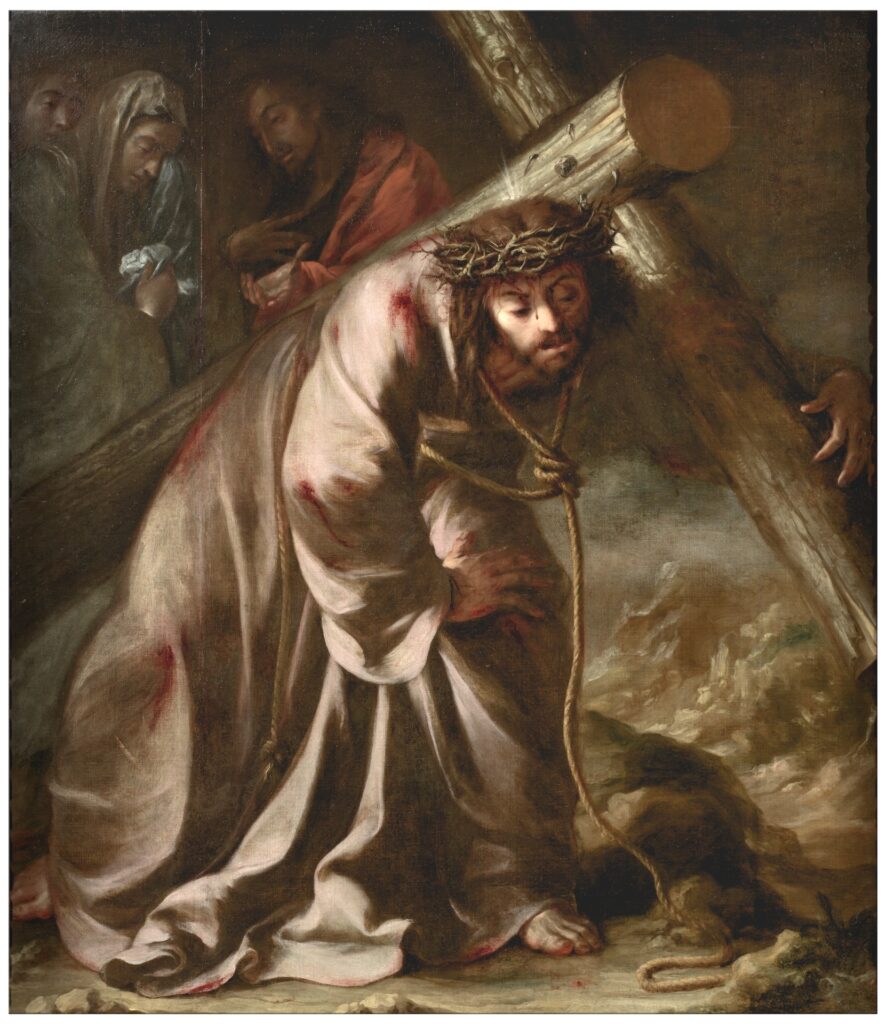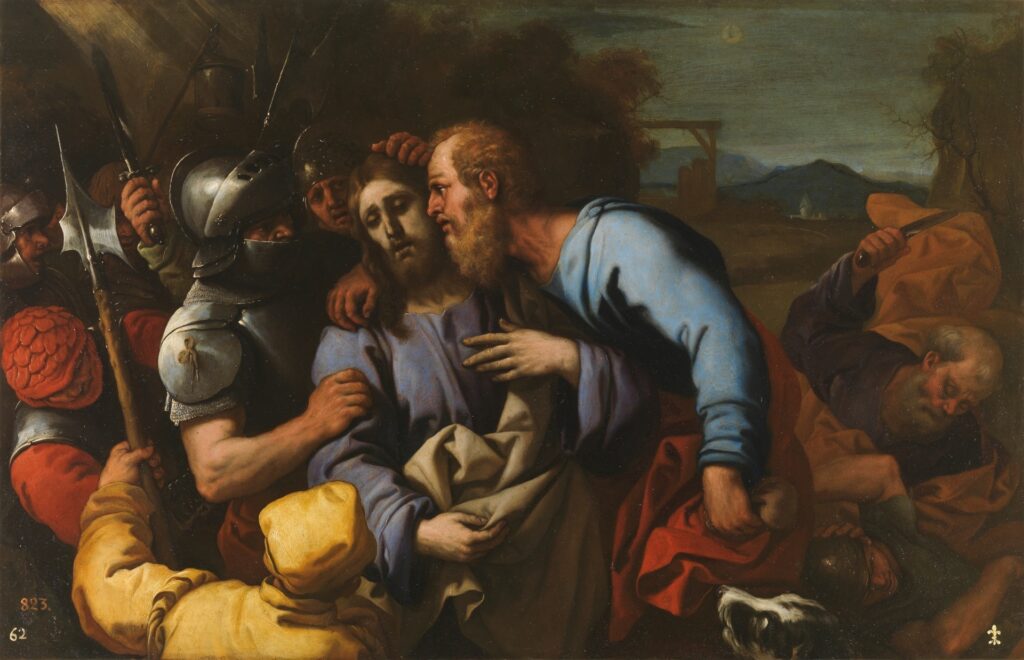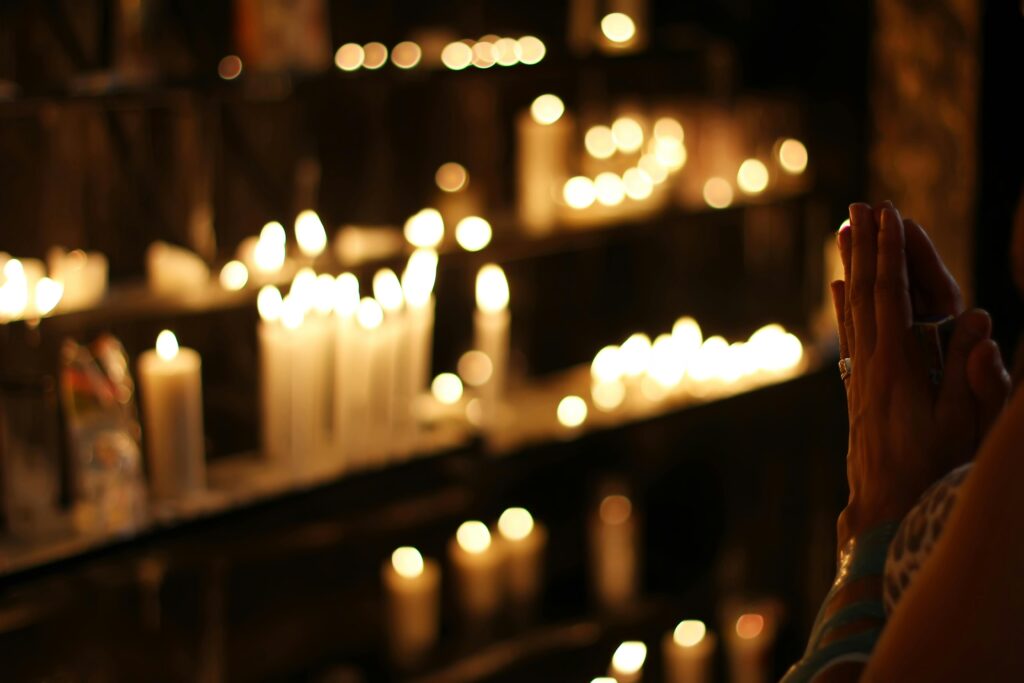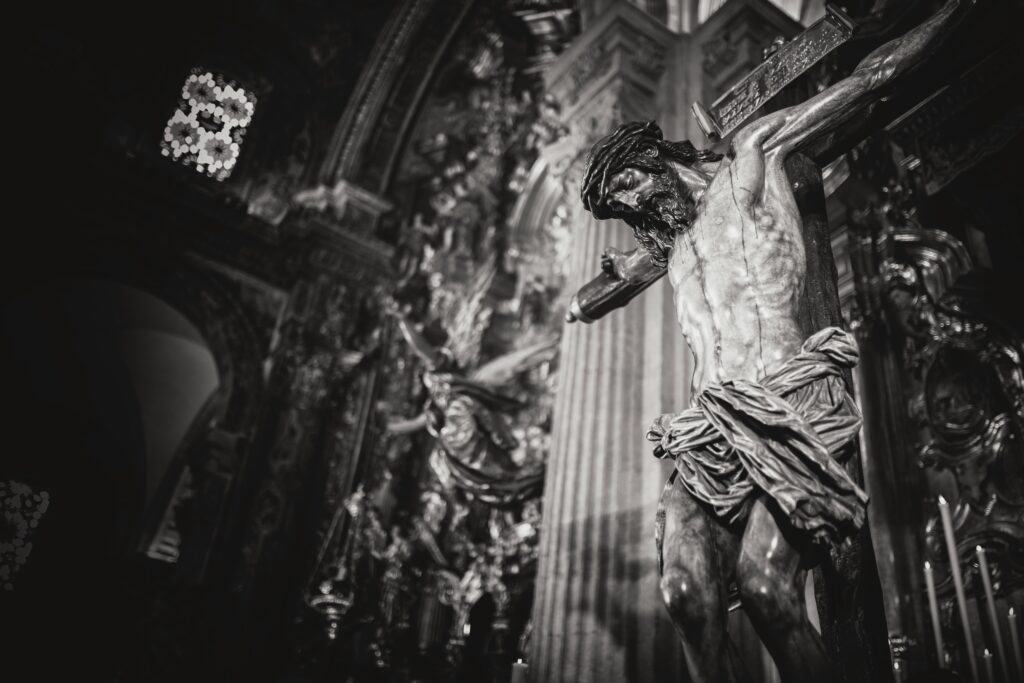Suffering and the Cross
Reflections on the meaning of pain in the Christian faith

During the course of the days, there are worries, dreams, challenges, achievements, joys, anguish, illnesses. A network of lights and shadows that does not lack the experience of physical, emotional or moral suffering. Understanding it is beyond us, we manage to glimpse something in those flashes of lucidity that sometimes come. Sufferings that shake us and move the ground. It is an existential drama that is unavoidable for believers in God as well as for those who do not. The Christian has something to look at in these situations: it is the Passion, Death and Resurrection of Jesus Christ.
With a heart at half-mast and eyes of faith, pain – without ceasing to be a moan – finds comfort and meaning in contemplating the anguish and fear of the Lord in the Garden of Olives. This is what St. Thomas More (1478-1535), a prisoner in the Tower of London, said when he meditated on Christ’s agony, knowing that his decapitation would soon come: “Whoever is so totally overwhelmed by anxiety and fear that he might despair, let him constantly contemplate and meditate on this agony of Christ, ruminating on it in his mind. He will drink from this fountain of powerful consolation. He will see, in effect, the loving shepherd taking the weak sheep on his shoulders, playing the same role and expressing his own feelings. Christ went through all this so that anyone who later felt so overwhelmed could take courage and not think that it is a reason to despair.”
Suffering comes; sometimes it passes quickly; other times it settles in, becomes chronic, and is difficult to bear. The hands of God, who molded us from the primordial clay of creation, infusing it with the breath of life, continue to sustain us in every situation, even in those states of prostration of the body, of anguish of the soul, or of desolation of the heart. We write and say it, calming it is not always in our hands or in those of the doctor. I am aware that pain can paralyze the spirit. I do not pretend to explain it, I just stand in front of the Nativity scene to contemplate the Child God smiling and crying; I also try to look at Christ prostrate in prayer, sweating drops of blood in Gethsemane saying to God the Father: “not my will, but yours be done.” Hanging on the Cross of Calvary, the Lord exclaims: “I am thirsty.” We, too, are thirsty. We are grateful for that little sip of relief to mitigate the ailments of the body and the blackouts of the soul.
Why? It is a question that is close to the surface. Some babblings of consolation help to unravel the mystery of pain. Human wisdom is rather lacking, but the knot remains. We glimpse something from above and think of the sword that pierced the heart of the Mother at the foot of the Cross. Each tearful image of Mary matches the sufferings that afflict us. In each face of the Sorrowful Mother we find pain and serenity at the same time: How is it done? How does the Sorrowful Mother achieve it? We ask for this gift while the words of her Son resonate in our ears: “Jesus, seeing his mother and the disciple whom he loved standing there, said to his mother: —Woman, behold, your son. Then he said to the disciple: —Behold, your mother. And from that moment the disciple took her into his home (Jn. 19, 26-27)”.
Why the pain? There is a reason for it, souls tested in the fire of suffering know it and follow in the footsteps of the Master. There are no mathematical syllogisms, but there is faith, hope and charity. Faith to see that the disciple is no greater than the Master, because to follow him we must take up his Cross. Hope to sustain our spirit, since evil does not have the last word. Charity that expands our hearts, knowing that we are, at all times, beloved children of God. And does the suffering go away? It comes and goes, it is the gentle yoke and the light burden of the Lord with which he relieves us of burdens and weariness.
Related

The Passion Begins With a Kiss
Edistio Cámere
19 April, 2025
3 min

“Praying is an immense privilege”
José Miguel Ponce
17 April, 2025
3 min

Cardinal Felipe Arizmendi: Jesus Continues to Suffer
Felipe Arizmendi
17 April, 2025
4 min

The classics educate in humanity
Francisco Bobadilla
16 April, 2025
3 min
 (EN)
(EN)
 (ES)
(ES)
 (IT)
(IT)

